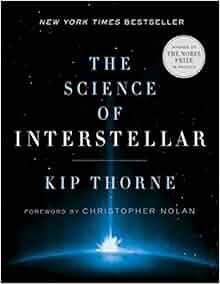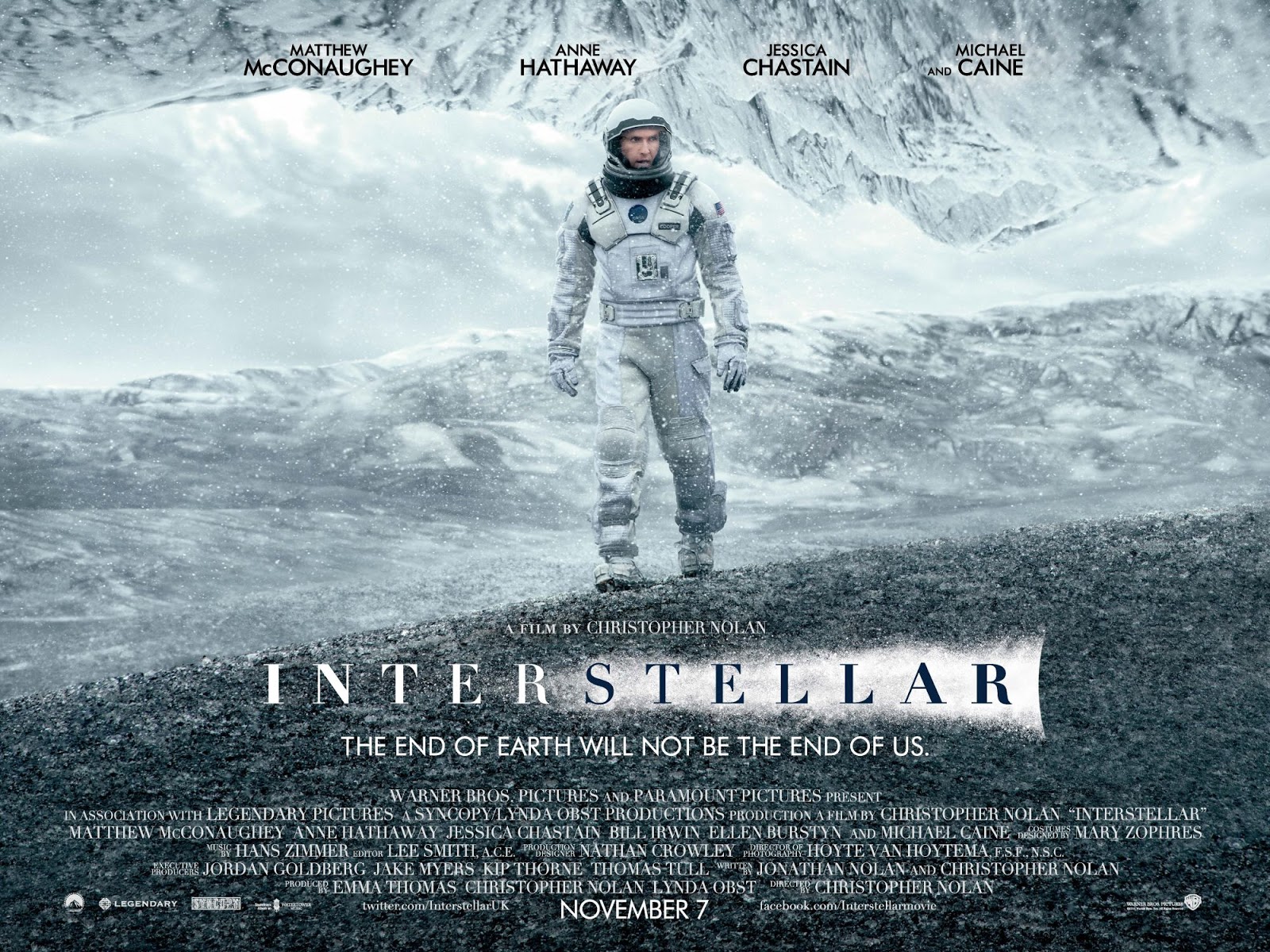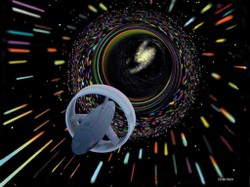

But she can still reach through the wormhole and find Thorne, who is only 12 hours older. Coralee has landed on Earth 10 years after she left, and there she will meet Thorne, 10 years older. Now, as Thorne and Coralee hold hands through the wormhole, they are each traveling in time. Because she traveled at the speed of light, time slowed down for her: What was 12 hours for her was 10 years for Thorne back on Earth. He sees Coralee return from her trip, land on the front lawn, get out of the spaceship and head into the house.īut when Thorne looks out the window in his own world, his front lawn is empty. Thorne watches through the wormhole and sees this trip occur. She then turns around and comes back home traveling at the same speed - a round trip of 12 hours. They can even hold hands, as if through an open doorway.Ĭarolee starts up the spaceship, heads into space and travels for six hours at the speed of light. The two don't have to say goodbye, though, because no matter how far away Coralee travels, they can see each other through the wormhole. Thorne's wife, Carolee, hops aboard the spaceship to prepare for a trip. Thorne takes his wormhole and puts one end in his living room, and the other aboard a spaceship parked in his front yard.


1994), Thorne proposes a thought experiment: Say he obtains a small wormhole, which connects two points in space as if they were not separated by any distance at all. In his 1994 book "Black Holes and Time Warps" (W.W. When Thorne began to consider the likelihood that wormholes could be used for space travel, he realized that they could also be used for time travel. : Theoretical physicist Kip Thorne, who helped bring real science to the movie "Interstellar." Some of Thorne's scientific theories seem to border on science fiction.


 0 kommentar(er)
0 kommentar(er)
